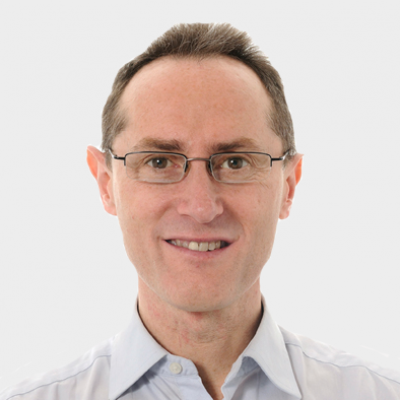Shared decision making: whose life is it anyway?
10 April 2013

I had a conversation recently with two midwives. Both had been trained in shared decision making and had the ‘light bulb’ moment when they realised that, although they thought they’d been providing personalised care, they had been letting their views not only inform but guide and direct patients’ decisions.
The midwives were animated and liberated – they were no longer responsible for deciding whether women under their care should have a vaginal or caesarean birth. They were more than comfortable in their new understanding of how to support women to reach their own decisions.
But as they spoke, they realised that they each had a different understanding of the extent to which their role was to inform, guide and support. They differed on the extent to which they would respond to a patient asking ‘what would you do?’ with their own view. Yet, what each of them would do may not be the same as the pregnant woman whose values, beliefs, preferences, relationships, life-stage and cultural norms may be different. It’s hard sometimes for professionals to recognise the power and influence of their voice.
It is part of the clinical culture to fix. We train our doctors to find out what’s wrong and then to fix it, our nurses to follow protocols. But what if we taught healthcare professionals that their job is to find out what matters to the patient, to find a solution together that works for the patient and to support them to make it happen? What if we saw the role of health services as caring, equipping, enabling and supporting rather than caring for, determining, directing or telling? How would health services look?
I thought of these questions when reading the evaluation of our MAGIC shared decision making programme and a learning report sharing the experiences of seven of the teams. The report synthesises learning from the programme, capturing the complex interaction between beliefs, attitudes, behaviours and systems that can help or hinder shared decision making. It shows that the barriers to putting shared decision making into practice are as much to do with values and skills as they are to do with information and tools.
The evaluation found that clinical teams could feel uncomfortable offering a choice which they thought could compromise the health, and potentially the survival, of their patients. This sentiment may be commendable, but it has consequences.
This is illustrated in The King’s Fund report Patient Preferences Matter. Susan, 78, had a successful mastectomy, but she was deeply affected emotionally. Susan’s friend was diagnosed with breast cancer but decided to have no intervention: she reckoned that if she slowed the cancer’s advance with hormone therapy she would likely die of something else before the breast cancer affected her.
Too often the choices offered to us are constrained by professional determination of what is a ‘good outcome’.
Also, our deference to clinical authority is engrained from an early age. It is shaped by generally simple and straightforward childhood illnesses and accidents where there are simple fixes, by our trips with our mum to the GP, by getting a prescription and taking our medicines.
Another barrier is that our confidence to make decisions about our health can be low and our literacy in the language of health lower. Our anxieties and those of healthcare professionals, the way the consultation is constructed and the different needs of doctors and patients, are more layers to reinforce the culture of deferential paternalism (see our report When doctors and patients talk).
Ultimately, shared decision making is hard: counter-cultural for health services and health service users alike. The stories in the learning report give a taste of the challenges and practical steps to overcome them. The passion and perseverance of the MAGIC teams shows that shared decision making is possible and that it can create positive change. It can improve the quality of clinicians’ working lives. And patients will end up with the healthcare they want. After all, whose life is it anyway?
Adrian is an Assistant Director at the Health Foundation, www.twitter.com/AdrianSieff
Work with us
We look for talented and passionate individuals as everyone at the Health Foundation has an important role to play.
View current vacanciesThe Q community
Q is an initiative connecting people with improvement expertise across the UK.
Find out more

